
R.K. Uppal

28 books

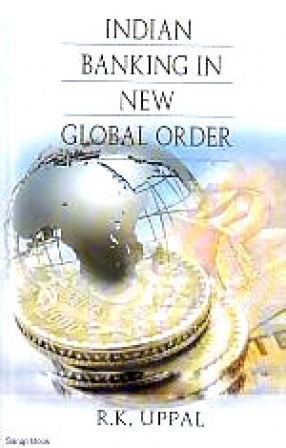
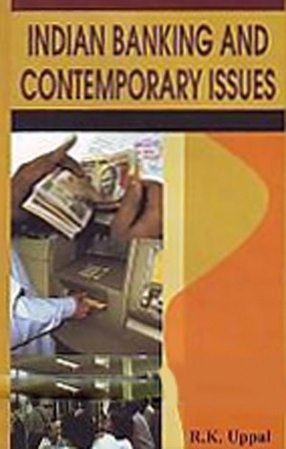



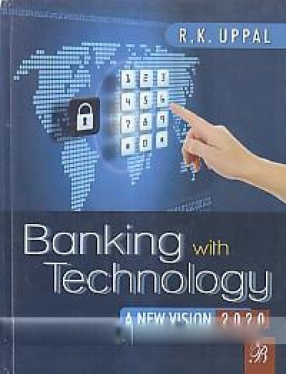





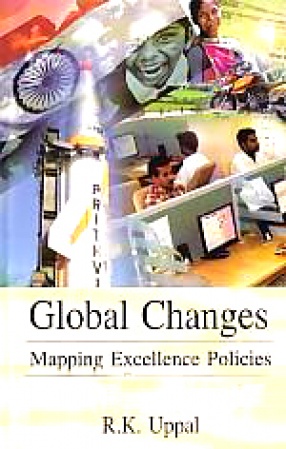
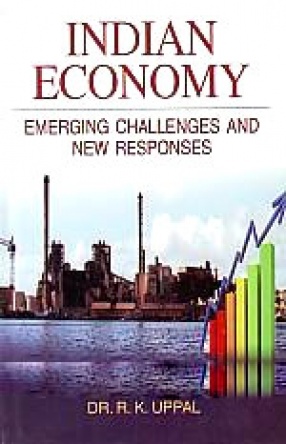

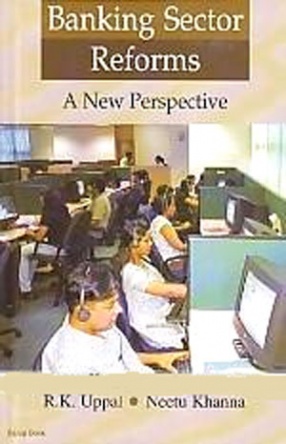
Wide-ranging financial sector reforms have been undertaken in India since the initiation of economic reforms in early 1990s. As a result, Indian banking industry has undergone several changes during the first initial decade of the 21st century. The key objective of reforms in the banking sector in India has been to improve financial intermediation and maintain financial stability. Successful implementation of banking sectors reforms, has transformed the banking ...
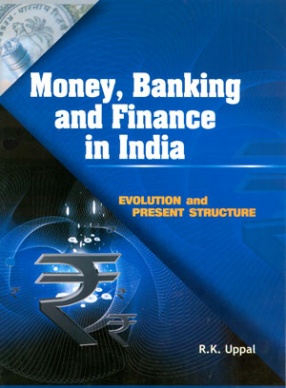
Money, banking, and finance are at the heart of an economic system. This book examines the evolution and present structure of the monetary, banking, and financial system of India, with a focus on post-1991 period. The book is organized into three parts. Part I deals with forms and functions of money (including e-money), the role of the Reserve Bank of India (RBI) in monetary and credit management, and the evolution of monetary policy in India since independence ...




Business environment in India has improved considerably after the initiation of economic reforms in early 1990s. Domestic and foreign investors are finding it easier to do business after the reforms which are aimed at reorientation of the centrally controlled economy to a market-oriented one din order to foster greater efficiency and growth. This is being done by introducing greater competition in the economy through progressive internal deregulation accompanied ...
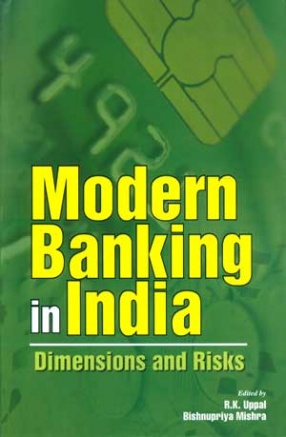
The key objective of reforms in the banking sector in India since early 1990s has been to enhance the stability and efficiency of banks. The enactment of the Securitisation, Reconstruction of Financial Assets and Enforcement of Security Interest (SARFAESI) Act, 2002 was an important landmark in the ongoing reforms in the financial sector. The Act enables the setting up of asset management companies, addressing the problem of non-performing assets (NPAs) of banks ...

Responding to the macroeconomic crisis of the late 1980s, a programme of liberalization, privatization, and globalisation was initiated in India in July 1991. This programme encompassed wide-ranging reform measures touching almost every aspect of the Indian economy. The wide-ranging reforms since then have induced greater efficiency and competitiveness in all spheres of economic activity. It can safely be said that India is no longer a country of scarcities and ...
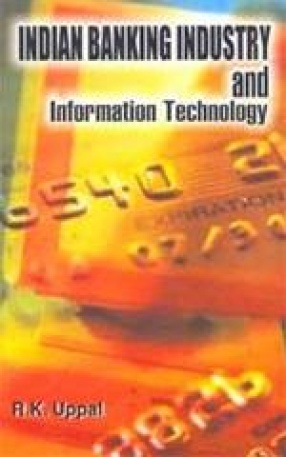
The process of economic liberalization in India, initiatives in 1991, has impacted on the banking industry of the country significantly. Economic reforms over the last one and a half decades have radically transformed the operational environment of the banking sector. The Information Technology (IT) revolution has not only changed the way banking business is done but also widened the range of products offered by the banks. The nationalized banks, with their ...

Prior to 1991, commercial banks in India functioned in a highly environment characterized by the following: (a) administered interest rate structure, (b) quantitative restrictions on credit flows, (c) high reserve requirements under CRR (cash reserve ratio), (d) pre-emption of significant proportion of lendable resources for the priority sectors, and the government under Statutory Liquidity ratio (SLR). These and other restrictions resulted in low productivity ...

The consumers are the largest group in our country but they are not well organized and have to suffer because of lack of awareness and also because of delay in the disposal of their complaints by the consumer courts. It is, therefore, necessary that awareness should be generated among the consumers about their rights especially among such consumers living in the rural and semi-urban areas. The present book provides various policies, strategies and effective ...

Finland was the first country in the world to have taken a lead in E-banking. In India, it was ICICI Bank which initiated E-banking as early as 1997 under the brand name Infinity. Electronic banking (E-banking) is a genetic term encompassing Internet banking, telephone banking, mobile banking etc. In other words, it is a process of delivery of banking services and products through electronic channels such as telephone, internet, cell phone etc. The concept and ...

Customer Relationship Management (CRM) is fundamental to building a customer-centric organization. CRM system links together the customer data into single and logical customer repository. CRM in banking is a key element of differentiation that allows a bank to develop its customer base and sales capacity. The goal of CRM is to manage all aspects of customer interactions in a manner that enables banks to maximize profitability from every ...

India's banking sector has made rapid strides in reforming and aligning itself to the new competitive business environment. Indian baking industry is in the midst of an IT revolution. Technological infrastructure has become an indispensable part of the reforms process in the banking system, with the gradual development of sophisticated instruments and innovations in market practices. In India, the reserve Bank of India (RBI) has taken active interest in ...
